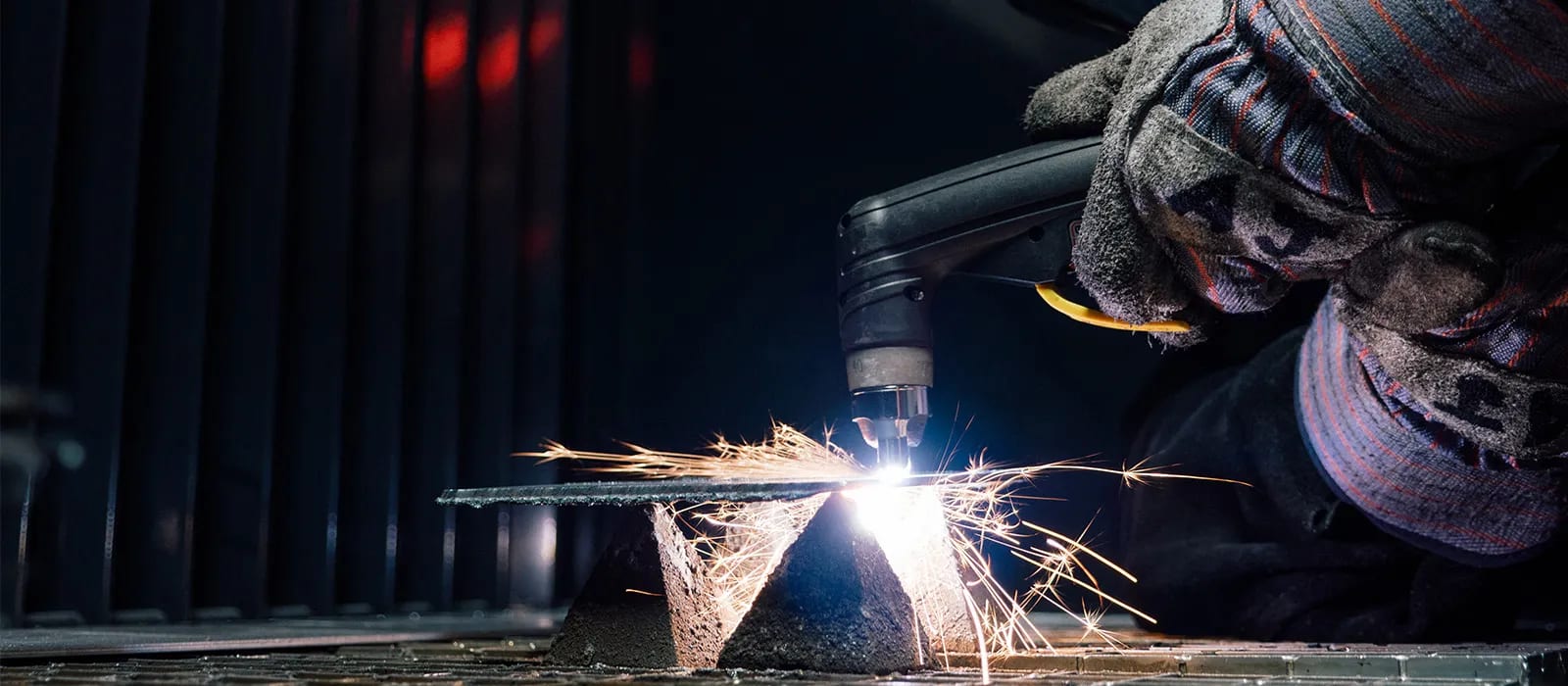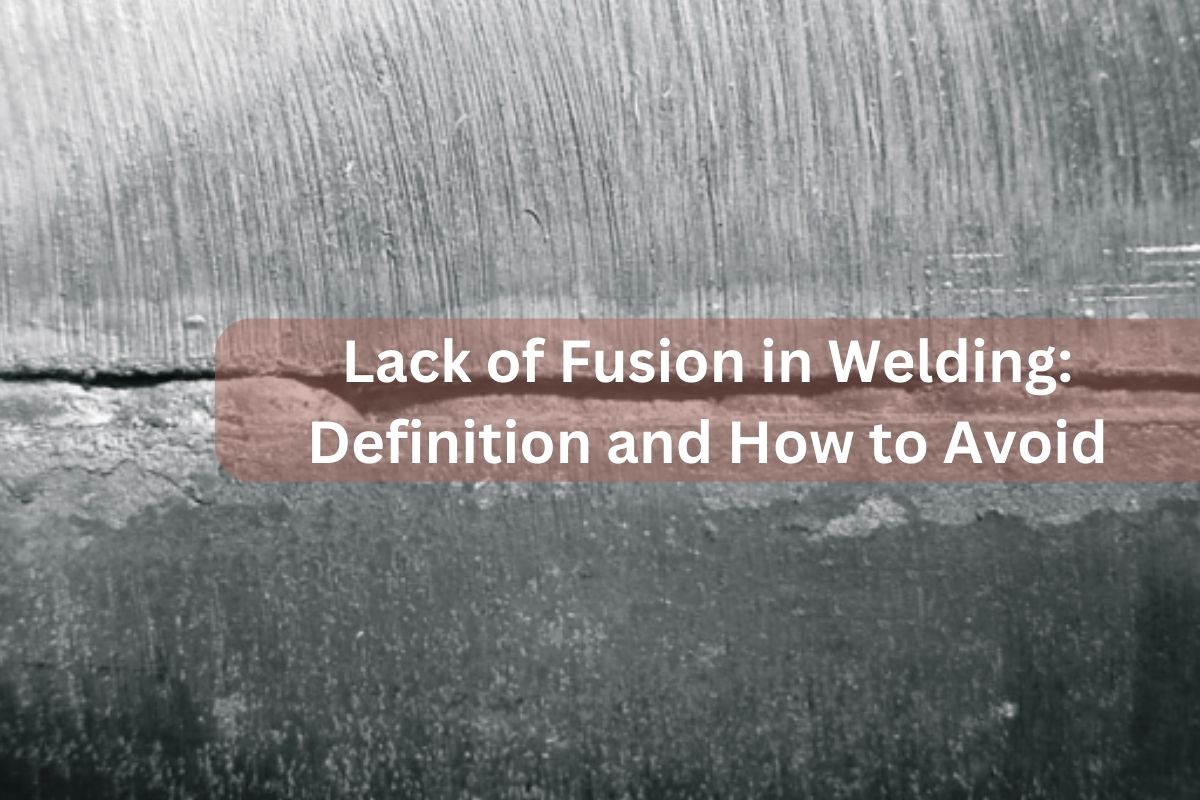Specialist Techniques for Preventing Weld Undercut Properly
Specialist Techniques for Preventing Weld Undercut Properly
Blog Article
A Comprehensive Guide to Identifying, Fighting, and Correcting Undercut Welding Issues in Your Welding Projects
In the world of welding, running into undercut problems is a typical challenge that can jeopardize the structural integrity and general high quality of your welding projects. Understanding the source behind undercut welding, having the ability to accurately spot it in your welds, and carrying out efficient preventative actions are critical skills for any welder. Additionally, having the knowledge and strategies to fix undercut issues when they do take place can make a substantial distinction in the final end result of your welding endeavors. Keep tuned as we explore the necessary parts of recognizing, preventing, and fixing undercut welding problems, supplying you with beneficial understandings and strategies to raise your welding skills to the next degree.
Common Root Causes Of Undercut Welding
Undercut welding, a typical issue in welding processes, can be brought on by different factors that require to be meticulously recognized and resolved to make sure the stability of the weld joint. Among the key reasons for undercut welding is too much warm input. When the welding specifications, such as voltage, present, or travel rate, are not effectively set, an excessive amount of warm can be produced. This excess heat leads to the melting and succeeding removal of the base product along the edges of the weld joint, creating a groove recognized as undercut.
One more typical reason of undercut welding is inappropriate welding method. Identifying these origin creates and carrying out restorative actions is necessary in protecting against and correcting undercut welding issues in welding projects.
Identifying Undercut in Welds

To recognize undercut precisely, proper lights and magnifying devices are necessary to check the weld joint completely. Making use of tools such as a welding scale or a magnifying glass can help in finding even the smallest undercut imperfections. Furthermore, running a finger or a finger nail along the weld joint can occasionally reveal undercut, as the surface might really feel uneven or have a dip where the undercut exists.
Safety Nets for Undercut
Having a deep understanding of the reasons of undercut in welds permits for the execution of reliable important site preventative procedures to preserve weld top quality and stability. These setups must be optimized to protect against excessive warmth input, which can lead to damage development.

Strategies for Repairing Undercut

To resolve undercut concerns successfully, welders can use specific strategies focused on remedying the issue and bring back the honesty of the weld joint. One strategy is to change the welding specifications, such as the voltage, existing, and travel speed, to ensure correct warmth input and combination. Enhancing the welding current or reducing the traveling speed can aid fill up in the undercut. In addition, altering the welding technique from a press to a drag or vice versa can additionally aid minimize undercut.
One more strategy is to utilize a weaving movement while welding to ensure proper sidewall blend and fill in the undercut. By oscillating the welding arc back and forth within the weld joint, the welder can deposit extra filler product into the undercut areas, properly eliminating the problem.
Additionally, grinding out the undercut and rewelding the joint can be a viable remedy for much more extreme undercut concerns - Preventing weld undercut. this article This process includes eliminating the undercut section, preparing the base steel, and afterwards rewelding the joint with appropriate welding parameters and strategies to avoid undercut from returning

Specialist Tips for Avoiding Undercut
Making use of appropriate welding techniques and preserving control over essential welding specifications are essential techniques for welders intending to avoid undercut in their weld joints. Furthermore, picking the proper welding process and filler steel for the certain application can help protect against undercut. Preserving a constant traveling rate during the welding procedure is an additional important idea to protect against undercut.
Verdict
To conclude, recognizing, avoiding, and dealing with undercut welding problems in your welding jobs is critical for ensuring durable and strong welds. Preventing weld undercut. By comprehending the usual root causes of undercut, having the ability to determine it in welds, applying precautionary measures, and making use of appropriate strategies for dealing with undercut, you can stay clear of prospective issues and develop top notch welds. Complying with visit this web-site professional ideas for avoiding undercut can help you enhance your welding skills and create far better cause your projects
Undercut welding, an usual concern in welding processes, can be triggered by numerous aspects that require to be very carefully determined and addressed to guarantee the honesty of the weld joint. Additionally, running a finger or a finger nail along the weld joint can sometimes expose undercut, as the surface area may really feel uneven or have a dip where the undercut exists.
Using appropriate welding strategies and keeping control over key welding parameters are important techniques for welders aiming to protect against undercut in their weld joints.In verdict, identifying, avoiding, and taking care of undercut welding issues in your welding projects is important for making sure long lasting and solid welds. By understanding the typical causes of undercut, being able to recognize it in welds, implementing preventive steps, and using proper strategies for taking care of undercut, you can avoid prospective issues and develop high-grade welds.
Report this page